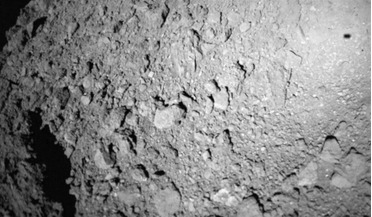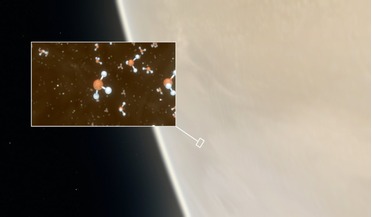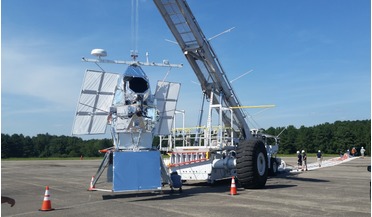 07 August 2019
Crater evidence points to a past mega-tsunami on Mars
07 August 2019
Crater evidence points to a past mega-tsunami on Mars
... craters on Earth and are caused when the rim of the crater collapses inward after the meteorite smashes into the ocean. Water rushing back into crater after being forcefully removed in the impact then...
 16 March 2020
Porous nature of Ryugu suggests formation from fluffy particles, new study says
16 March 2020
Porous nature of Ryugu suggests formation from fluffy particles, new study says
... porous throughout or a dense core formed is not certain, but at some point a catastrophic collision with another object smashed bits off the parent body. These re-accreted with mainly porous boulders to create a rubble-piled, top...
 06 April 2020
Planets can form second atmospheres rich in CO, new study shows
06 April 2020
Planets can form second atmospheres rich in CO, new study shows
... are large disks of gas that are thought to form when the left-over planet building material smash into one another releasing carbon and oxygen as they bump their way around the belt. These...
 24 July 2020
A first of its kind white dwarf merger with a dense compact object discovered by students
24 July 2020
A first of its kind white dwarf merger with a dense compact object discovered by students
... that are being observed, but mergers between black holes and neutron stars too. More recently, a smash up between two neutron stars heralded another new development in the world of gravitational wave discoveries, when a pair...
 14 September 2020
Possible signs of microbial life found in Venus' atmosphere
14 September 2020
Possible signs of microbial life found in Venus' atmosphere
... is only expected to form at temperatures greater than 527 degrees Celsius (800K). It also takes an enormous amount of energy to smash the molecule together - PH3 is made from one phosphorous and three hydrogen atoms and normally they...
 21 July 2021
New balloon-borne astronomical telescope to rival Hubble
21 July 2021
New balloon-borne astronomical telescope to rival Hubble
... hundreds of galaxy clusters and test whether the elusive material slows down during collisions. “Cavemen could smash rocks together, to see what they’re made of,” added Prof. Richard Massey of Durham University. “SuperBIT is looking for...